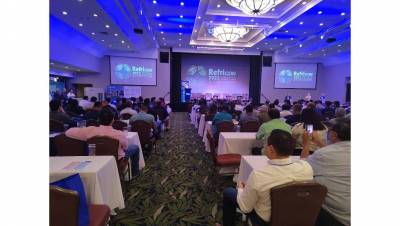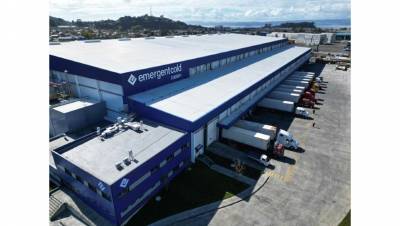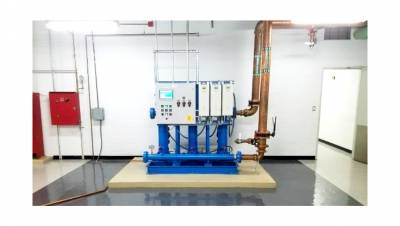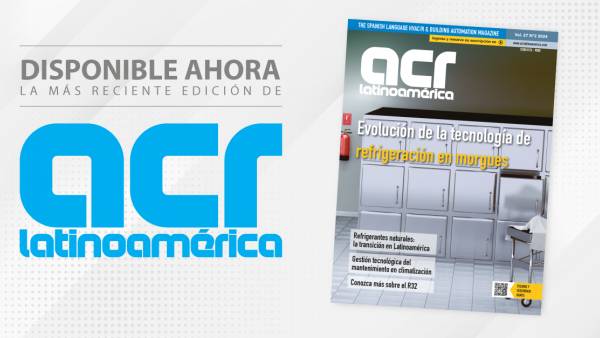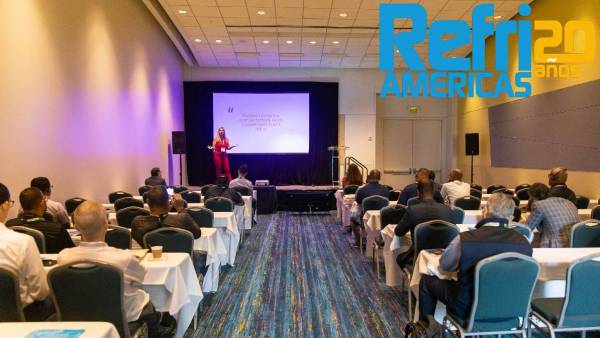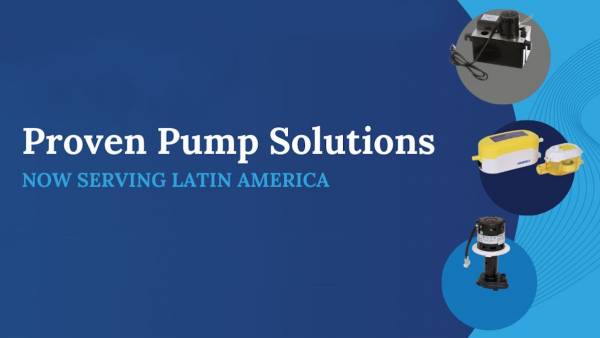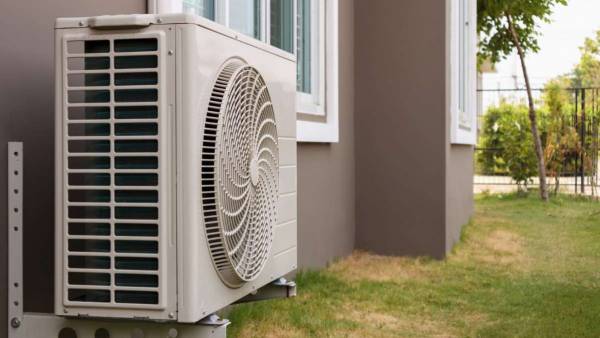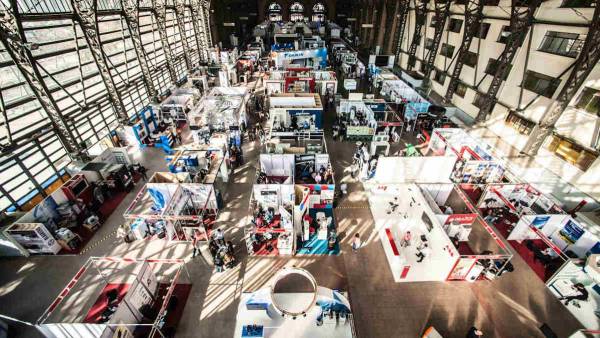ISOBUTANE (R 600a) AS A REFRIGERANT
ISOBUTANE (R 600a)
AS A REFRIGERANT IN AIRTIGHT REFRIGERATION SYSTEMS
1 - INTRODUCTION
The use of flammable refrigerants in airtight domestic refrigeration systems was discontinued after the appearance and wide-scale production of CFC refrigerants, based on the fact that the latter are low cost, non-toxic and do not have flammability characteristics.
Due to the attack on the ozone layer by CFCs, their use has been
graduation discontinued, according to the deadlines defined by the Montreal Protocol.
Several alternative refrigerants to CFC12 were studied and some have been normally
used by the global refrigeration industry. Among them, there are some flammable refrigerants.
This is due to the fact that certain flammable refrigerants, including isobutane (R 600a), have excellent environmental characteristics, that is, they do not affect the ozone layer and exert a negligible direct effect on global warming (greenhouse effect).
The objective of this Technical Information is to present, in detail, the main technical characteristics and impacts, both in the compressor and in the refrigeration system project, when the alternative refrigerant isobutane is used in hermetic refrigeration systems.
2 - ISOBUTANE REFRIGERANT
Isobutane refrigerant, like other alternative refrigerants, has some characteristics
thermodynamics other than R 12, as shown in Figure 1.

In relation to R-12
Fig.1 - Behavior of the vapor pressure of R 600a and R 134a, in relation to R 12, as a function of temperature
As can be seen, isobutane (R 600a) has lower vapor pressures than R 12 or R 134a, in the entire temperature amplitude.
In order to observe the impact of the replacement of R 12 by R 600a, the operating characteristics, in calorimeter, of the compressor model EM 20NP220-240V/50Hz operating with R 12 and its equivalent model with R 600a are presented in Table 1.

In section A of Table 1, it is observed that the R 600a, needs an increase in the displacement of the
compressor in the order of 65 to 70% for the same cooling capacity.
As can be seen in section B, the enthalpy difference of isobutane is significantly greater than that of R 12. Thus, a lower mass flow is necessary for the same cooling capacity to be obtained.
In section C of Table 1, the lowest temperature monitored in the compressor discharge is observed
operating with R 600a of which with R 12.
The coolant conditions at the inlet of the expansion device are represented in the
Section D of Table 1. As can be seen, the volumetric loss with isobutane is only about 1.3% lower than that of R 12, that is, in principle no alteration in the capillary tube of the
refrigeration, when isobutane is used as a substitute for R 12.
3 - SELECTION OF COMPRESSORS FOR R 600a
As mentioned above, isobutane requires an increase in compressor displacement of the order of 65 to 70% compared to R 12, for a given cooling capacity.
Thus, the compressors for R 600a had their dislocated volumes adjusted, aiming to have the same cooling capacities of the equivalent models for R 12 or R 134a, without any external dimensional alteration of the compressors.
It should be emphasized that only compressors developed for R 600a should be used with
this refrigerant. The use of compressors developed for R 12 or R 134a is totally
inadvisable in applications with R 600a.
For more information on compressor models already available for R 600a, please contact
our sales team through the addresses that appear at the end of this newsletter.
4 - LUBRICATING OIL
Mineral and synthetic oils, currently used in refrigeration systems with R 12, are fully compatible with R 600a and are recommended for this application.
Ester oils are also compatible with R 600a. However, this type of oil has a higher cost, it is not compatible with certain chemical compounds currently used in the manufacturing processes of compressors and components for refrigeration systems with R 12, in addition to requiring special care in its handling, due to its high moisture absorption capacity.
5 - COOLING SYSTEMS FOR R 600a
The use of isobutane in refrigeration systems presents some fundamental differences, listed below, in relation to a system for R 12, mainly in the safety aspects, as described in item 6.
5.1 - TUBULATIONS
Isobutane refrigerant is compatible with the main metallic materials used in cooling systems such as steel, copper, brass and aluminum.
Elastomers such as Viton, Neoprene, Nylon, Teflon and some types of nitrile gum are suitable for use with R 600a. Meanwhile, natural rubber and silicone are not recommended.
5.2 - HEAT EXCHANGERS
Heat exchangers (condensers and evaporators) that operate with R 12 without problems of
Operation, can also be used in systems for R 600a.
5.3 - CAPILLARY TUBE
As demonstrated in section D of Table 1 and experimentally verified, in principle none
Alteration is necessary in the capillary tube of cooling systems originally designed and optimized for R 12, when R600 is used as a refrigerant.
5.4 - FILTER DRYER
The dissimilars commonly used in filter dryers of systems for R 12 (XH-5 and XH-6) and R 134a (XH-7 and XH-9) are fully compatible with R 600a and recommended.
It should be noted that a filter dryer should always be used in refrigeration systems, whether for R 600a, R 134a or R 12.
5.5 - REFRIGERANT CHARGE
In refrigeration systems that operate without operating problems with R 12, the load of R 600a will be
approximately 40% of the load R 12.
In the meantime this is not a general rule, but it serves as a preliminary estimate of the load of R 600a.
An important point to be observed is the methodology used in the determination of the refrigerant charge with R 600a.
Special care should be taken in order to avoid air infiltrations into the system when small amounts of refrigerant are added through a refrigerant gas cylinder, until the appropriate load is obtained. This is due to the fact that systems with R 600a work with suction pressures below the atmospheric.
The hose that connects the refrigerant gas cylinder to the process tubulation of the cooling system has to be evacuated whenever a new amount of R 600a is added. At the time of determination of the refrigerant charge, the system must be evacuated and the total refrigerant load must be introduced into the system in one go, thus being suitable for testing.
6 - SAFETY IN REFRIGERATION SYSTEMS FOR R 600a
The use of R 600a in systems originally designed for R 12 or R 134a, is not restricted purely and simply to the change of refrigerant, as mentioned in item 5.
Depending on the fact that R 600a is a flammable refrigerant, aspects related to the safety of the systems must be observed in order to ensure safe operation without offering explosion or fire hazards.
The recommendations described below seek to provide guidance on the
system safety for R 600a.
In the meantime, it should be emphasized that each system manufacturer must conduct risk assessments.
specific in each configuration of product to be used with R 600a, aiming to guarantee the
safety of your products.
6.1 - LOSS IN THE INTERNAL COMPARTMENT OF THE SYSTEM
The risk of explosion in the internal compartment of the system exists if there are losses of R 600a of the
evaporator that in contact with the air can form a flammable mixture.
Any ignition source (e.g. thermostat, on/off knobs, electrical resistance, etc.) that may be in contact with this mixture may ignite it.
Such a possibility can be avoided or minimized through some measures, as described below:
a) Systems with evaporator out of the cabinet.
– the use of evaporators wrapped in insulating foam, type "cold-wall", widely used in the European market, significantly reduces the probability of a loss reaching the internal compartment. In these cases, no alteration is necessary in the electrical devices.
b) Systems with evaporator inside the cabinet.
– The use of evaporators with two thicknesses (introduction of a safety metal over-thickness), is also recommended, because it reduces the possibility, in case of leakage, of the gas atingir the
electrical components located inside the cabinet.
– In the case of using conventional evaporators (without safety metal over-thickness), all
Electrical devices must be:
– removed from the internal compartment and placed on the external side of the system away from the evaporator or;
– must be encapsulated or;
– they must be fire and explosion proof.
6.2 - LOSS ON THE EXTERNAL SIDE OF THE SYSTEM
The chance that a loss of R 600a on the outer side of the system is sufficient to form a flammable mixture with air is very small.
However, systems that are assembled in an embedded way, the so-called "built-in", are more susceptible to this possibility.
Ignition of the existing mixture may occur, mainly at the back of the system, through
of existing devices in that region, such as those used in the compressor, if they are not suitable for the use of isobutane.
EMBRACO, aware of this type of problem, developed alternatives and produces compressors for R 600a with electrical devices that avoid the risk of ignition.
6.3 - LOSS IN THE SUCTION LINE OF THE COOLING SYSTEM
Cooling systems operating with R 600a operate, as discussed above, with suction pressures below atmospheric. This means that during the operation of the compressor, whenever losses occur in the suction line, air enters inside the tubing of the cooling system and also loses R 600a during the periods of compressor shutdown (equalization with atmospheric pressure).
To obtain a flammable mixture with R 600a, it is necessary to have around 92-98% air by volume within the tubulation of the system. When this occurs, the amount of isobutane present in the system, which is already small due to its low gas load, becomes negligible, offering no danger to any component of the system.
It should be noted that there are already international standards available on the safety of domestic refrigeration systems for operation with flammable refrigerants.
7 - ASSEMBLY OF REFRIGERATION SYSTEMS FOR R 600a
To follow are related some recommendations that must be rigorously observed, regarding the assembly of refrigeration systems for R 600a.
a) In response to the safety requirements necessary for the use of flammable refrigerants such as R 600a, automatic loading equipment, loss testing and
evacuation.
b) Adequate ventilation must be ensured in the loading area of R 600a to the system, through mechanical ventilation, if necessary. Also to be used in this area, loss detectors / gas sensors suitable for isobutane, installed near the ground because R 600a is heavier than air.
c) The risk of potential electrostatic charges (can cause sizzle) accumulated in refrigeration systems has to be totally avoided during the refrigerant charging process, through a correct discharge to Earth of the system.
d) Loss tests in the cooling system must be carried out using Nitrogen, or
preferably Helium. The use of air is totally inadvisable and dangerous.
e) After the system has been loaded with R 600a, no flame should be used to burn or solder joints/connections of the system. Ultrasonic welding or tube joint by the LOKRING system are the
Recommended.
f) The percentage of non-condensable gases should be limited to 1%.

